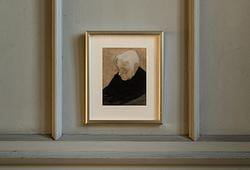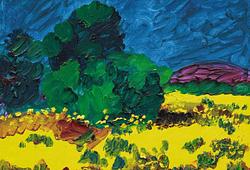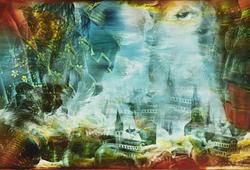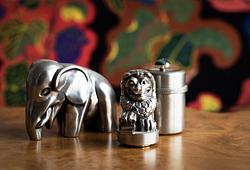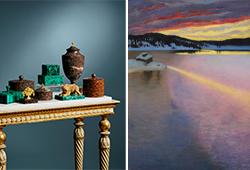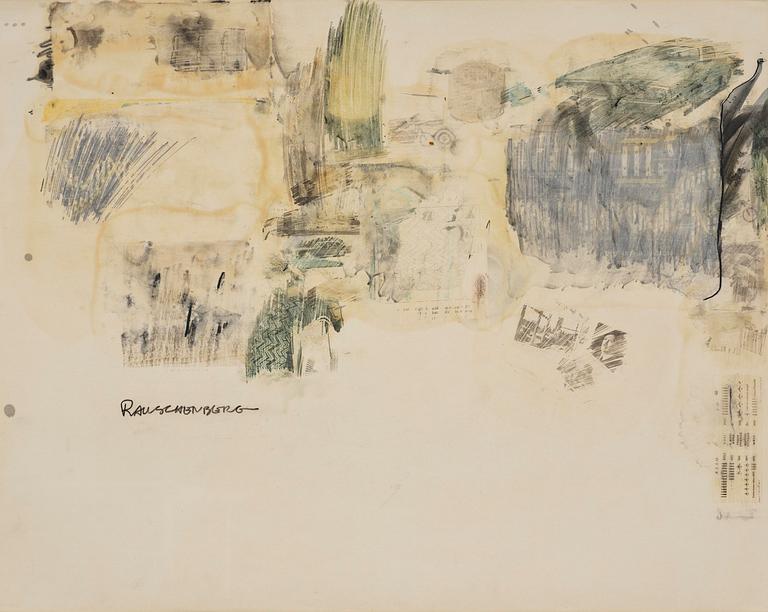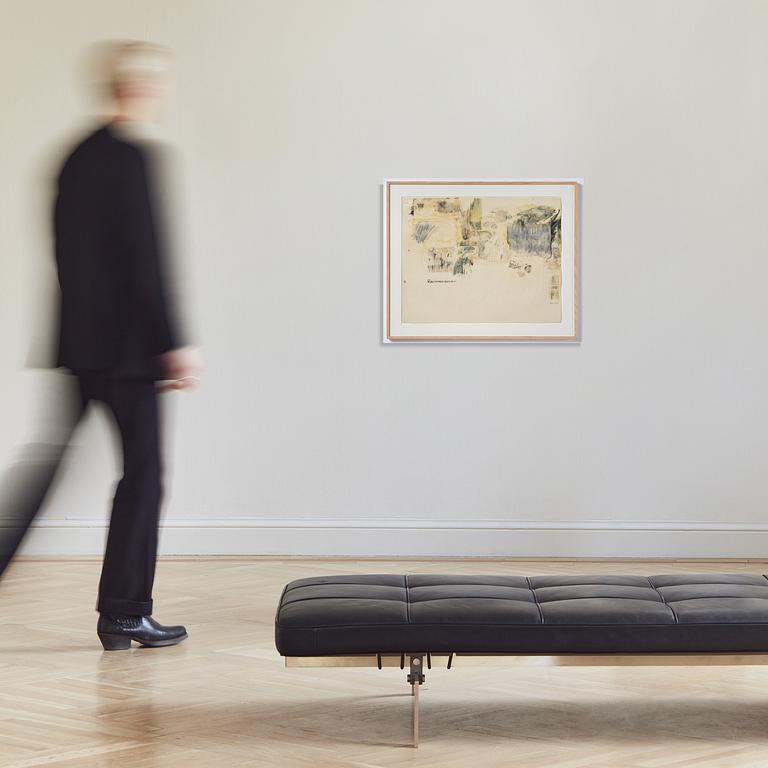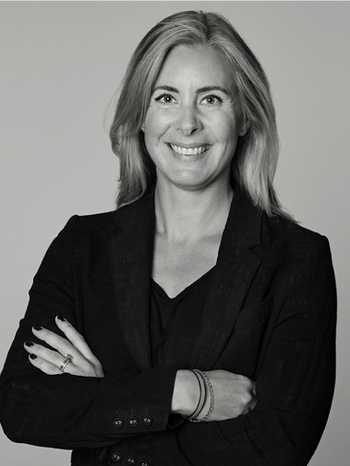Robert Rauschenberg
"Untitled"
Signed Rauschenberg. Executed circa 1971. Solvent transfer imagery, watercolour, ink, and pencil on paper 57 x 72.4 cm.
Provenance
The New Gallery, Ohio.
Spångberg Collection, Uppsala. Acquired in 1973 from the above gallery.
More information
In the 1970s Robert Rauschenberg continued his long engagement with mass media imagery, but the decade brought a shift in both scale and source. While his earlier Combines fused paint and objects, and his 1960s screenprints layered celebrity and political photographs, the 1970s saw him turn more deliberately to the flood of contemporary news images. In his work he layered fragments to reflect the disjointed way events were experienced through television and print. The effect was both documentary and chaotic: a snapshot of information overload at the dawn of the mass-television age.
This strategy continued in projects such as the transfer drawings, where he used solvent transfer to embed magazine and newspaper images directly onto paper. Rauschenberg was fascinated by how photographs circulated, lost context, and became part of collective memory. In the work presented in this auction, Rauschenberg compresses the turbulence of the era into a single composition by appropriating images from Time magazine in 1970 and 1971. He combines, reverses, and distorts clippings of advertisements for cars, Firestone tires, and anti-rust spray, alongside a photograph from a WWII memorabilia auction in Munich in 1971, an image of three gasoline pumps, and a print comparing the USSR and US arsenals of intercontinental ballistic missiles and bomber jets.
This approach mirrored the simultaneity of experience in a media-driven society, suggesting that painting could function less as a window onto a singular image and more as a surface that elegantly absorbed and reflected the chaotic flow of information.




